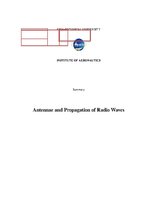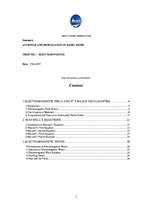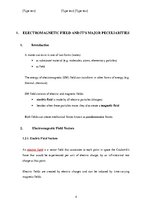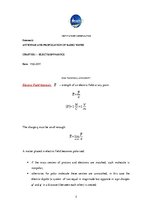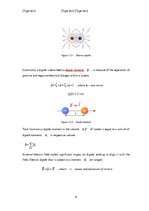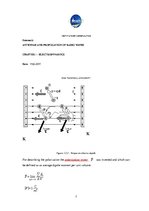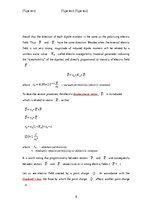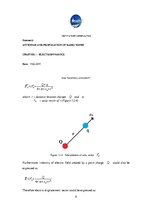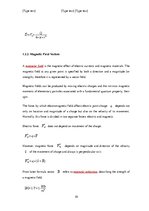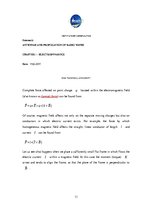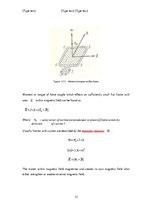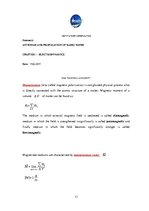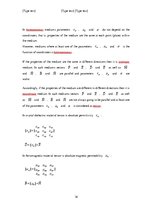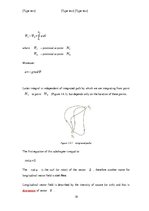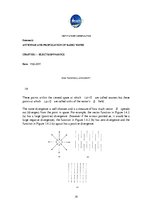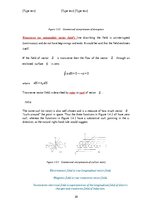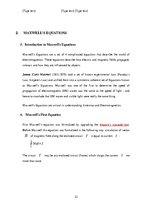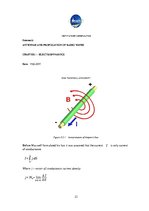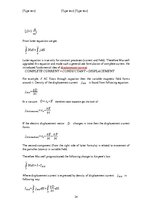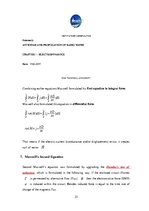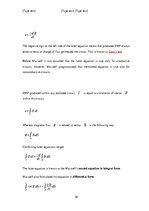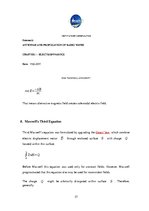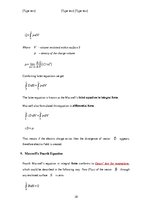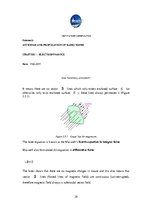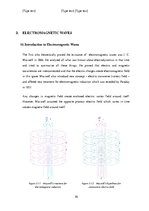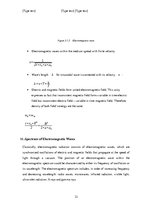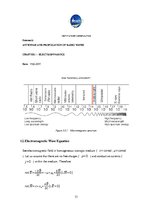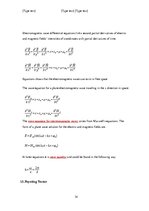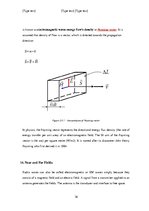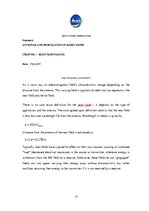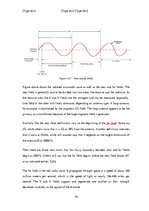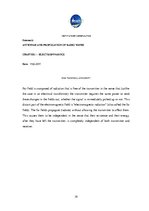-
Antennae and Propagation of Radio Waves
Конспект35 Компьютеры, программирование, электроника, Физика
The E and H fields support and regenerate one another as their strength decreases inversely as the square of the distance.
Far field is composed of radiation that is free of the transmitter in the sense that (unlike the case in an electrical transformer) the transmitter requires the same power to send these changes in the fields out, whether the signal is immediately picked up or not. This distant part of the electromagnetic field is "electromagnetic radiation" (also called the far field). The far fields propagate (radiate) without allowing the transmitter to affect them. This causes them to be independent in the sense that their existence and their energy, after they have left the transmitter, is completely independent of both transmitter and receiver.
…
Antennae and Propagation of Radio Waves (Antenas un RV izplatīšanās) 1. ELECTROMAGNETIC FIELD AND IT’S MAJOR PECULIARITIES 4 1.1. Introduction 4 1.2. Electromagnetic Field Vectors 4 1.3. Classification of Mediums 13 1.4. Longitudinal and Transverse (Solenoidal) Vector Fields 15 2. MAXWELL’S EQUATIONS 19 2.1. Introduction to Maxwell's Equations 19 2.2. Maxwell’s First Equation 19 2.3. Maxwell’s Second Equation 22 2.4. Maxwell’s Third Equation 24 2.5. Maxwell’s Fourth Equation 25 3. ELECTROMAGNETIC WAVES 27 3.1. Introduction to Electromagnetic Waves 27 3.2. Spectrum of Electromagnetic Waves 29 3.3. Electromagnetic Wave Equation 30 3.4. Poynting Vector 31 3.5. Near and Far Fields 33 A matter can exist in one of two forms (states): • as substance/ material (e.g. molecules, atoms, elementary particles) • as field The energy of electromagnetic (EM) field can transform in other forms of energy (e.g. thermal, chemical). EM field consists of electric and magnetic fields: • electric field is made by all electric particles (charges) • besides when these particles move, they also create a magnetic field Both fields can create mechanical forces known as ponderomotive forces.

